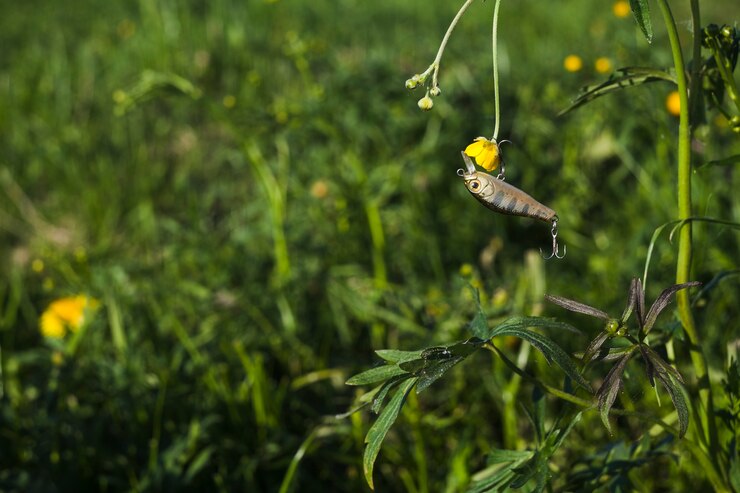One of the added benefits of rain gardens is their potential to attract pollinators, such as bees, butterflies, and hummingbirds, which are crucial for maintaining healthy ecosystems. Pollinators are responsible for the reproduction of many flowering plants, including those in your garden. By designing your rain garden with pollinators in mind, you can create a vibrant, thriving environment that supports both local wildlife and your plants. Here’s how to attract pollinators to your rain garden:
1. Choose Pollinator-Friendly Native Plants The most important step in attracting pollinators is selecting the right plants. Native plants are best because they are adapted to Seattle’s climate and provide familiar food sources for local pollinators. Some excellent choices for a pollinator-friendly rain garden include:
- Columbine (Aquilegia formosa): Known for its red and yellow flowers, columbine attracts hummingbirds and bees.
- Oregon Grape (Mahonia aquifolium): Oregon grape produces yellow flowers that provide nectar for bees and butterflies.
- Lupine (Lupinus polyphyllus): Lupine’s tall flower spikes are a favorite of bees and butterflies, and they also improve soil health by fixing nitrogen.
2. Plant in Clusters and Layers Pollinators are more likely to visit gardens that have large clusters of the same plant species. Group your plants together to create a more noticeable display of blooms. Additionally, layering your garden with different plant heights—from ground covers to shrubs—creates a more complex and appealing environment for pollinators. Tall flowering plants like red-flowering currant can serve as a backdrop, while low-growing plants like wild strawberry provide ground cover.
3. Provide Continuous Blooms To keep pollinators coming to your garden throughout the growing season, choose plants that bloom at different times of the year. Early bloomers like Pacific bleeding heart provide food for pollinators in the spring, while late bloomers like goldenrod attract bees and butterflies in the fall. This ensures that your garden has a consistent food supply for pollinators.
4. Create Shelter and Habitat Pollinators need more than just food—they also need shelter. Incorporate plants that provide hiding spots or nesting sites. Grasses like tufted hairgrass or shrubs like snowberry offer great cover for insects and birds. You can also place small logs or rock piles in your garden to provide habitat for ground-nesting bees and other beneficial insects.
5. Avoid Pesticides One of the biggest threats to pollinators is the use of pesticides. To create a pollinator-friendly garden, avoid using chemical pesticides or herbicides that can harm bees, butterflies, and other beneficial insects. Instead, opt for organic methods of pest control, such as companion planting or introducing natural predators like ladybugs.
6. Add a Water Source Pollinators need water, too. You can add a shallow dish filled with water and stones to create a landing spot for bees and butterflies. Ensure the water is shallow enough for insects to access without drowning. Refresh the water regularly to prevent it from becoming stagnant.
By following these tips, you can turn your rain garden into a haven for pollinators, creating a vibrant and dynamic landscape that benefits both your plants and local wildlife.
